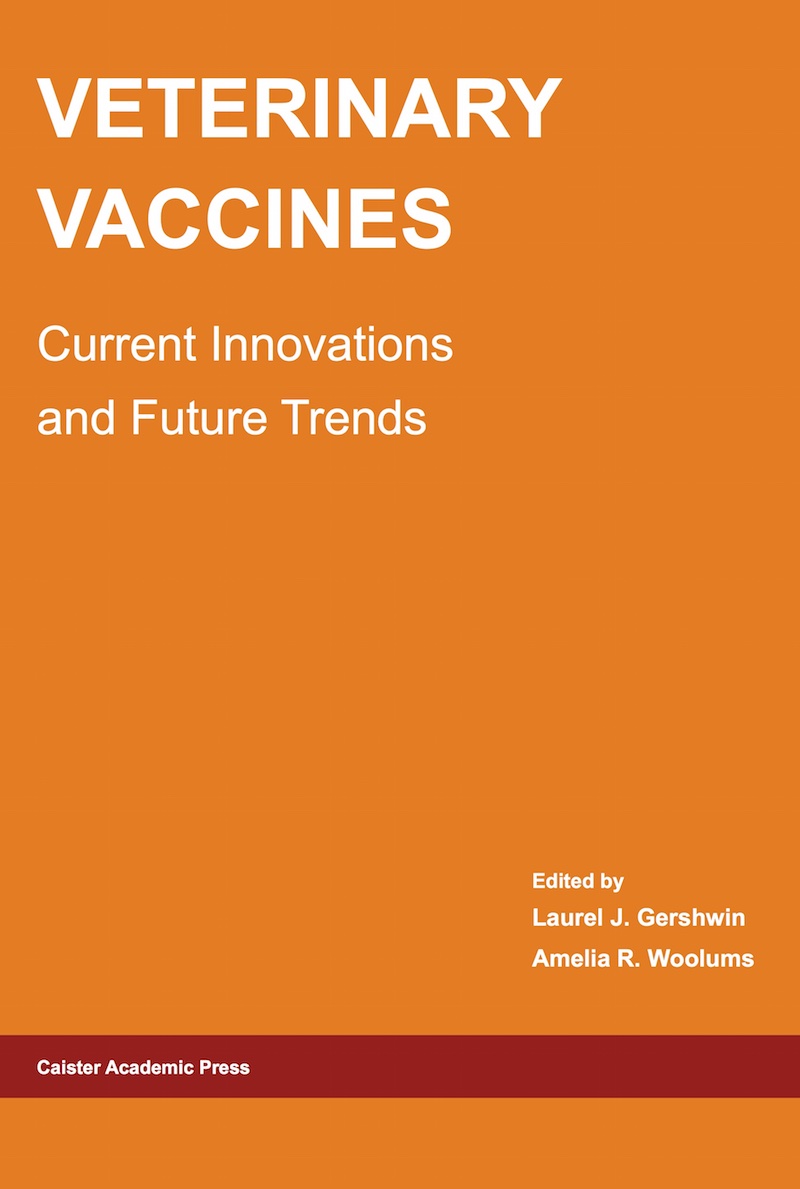Microbial Diversity and Phylogeny: Extending from rRNAs to Genomes
James R. Cole, Kostas Konstantinidis, Ryan J. Farris and James M. Tiedje
from: Environmental Molecular Microbiology (Edited by: Wen-Tso Liu and Janet K. Jansson). Caister Academic Press, U.K. (2010)
Abstract
The small subunit ribosomal RNA gene (SSU rRNA) has been the cornerstone of microbial ecology studies over the last 15 years, and has provided much of what we know about Bacterial and Archaeal diversity and community structure, and has greatly aided microbial taxonomy. This chapter provides information on the development of this gene as a molecular marker and tools for its analysis, but also addresses challenges for the future including advancing the species definition, linking 16S rRNA information to taxonomy, the need for finer-grained resolution of community members and how genomics is aiding our understanding of the relationships among closely related organisms, and ultimately of natural populations. When the available 16S rRNA genes from species type strains were examined, the most distant sequences in the median genus and family were about 4.4% and 14% different, respectively. The largest dissimilarity between a sequence and its closest relative in the same taxa (similar to single-linkage clustering distance) was 3.5% and 10% for the median genus and family. The ratio of the two values, a measure of the 'shape' of the taxa averaged less than 1.5 for all ranks, indicating that most taxa are not elongated, but are fairly spherical. When the near-full-length 16S rRNA gene sequences in the public databases in 2006 were clustered into groups at proxy distances for species, genus, family and order, the number of clusters with time increased exponentially for all ranks documenting the enormous diversity of the microbial world and that much remains to be discovered read more ...



